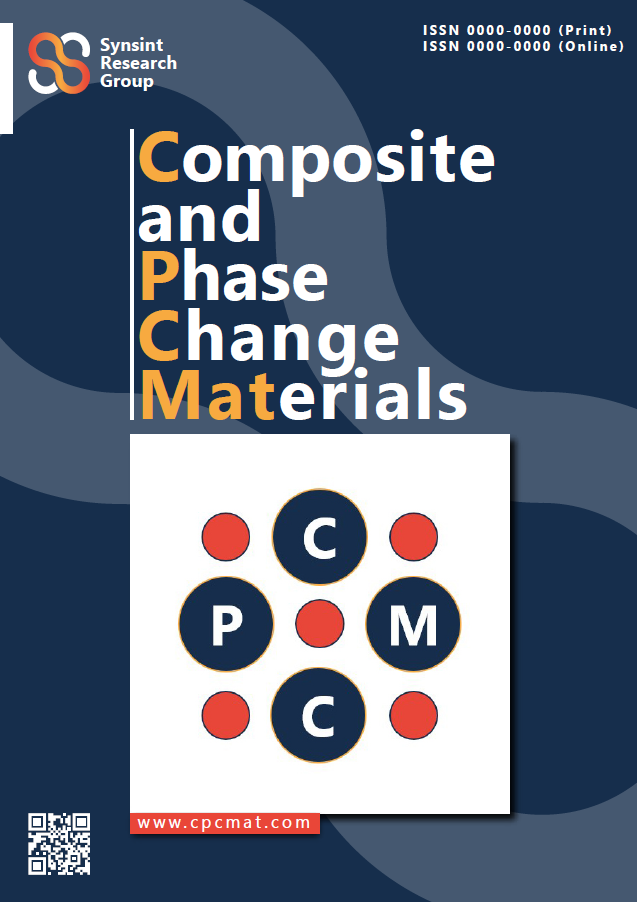Composite and Phase Change Materials aims to provide a platform for researchers to share their findings and insights on theoretical and experimental studies related to composite materials and phase change materials. The priority subjects and areas of interest for this journal include:
Development of Composite Materials: The journal welcomes contributions focusing on the development of composite materials tailored for industrial applications. Various processing methodologies such as fiber reinforcement, particulate reinforcement, laminates, and hybrid composites are of particular interest.
Design and Fabrication of Phase Change Materials: Manuscripts discussing the design and fabrication of phase change materials (PCMs) for energy storage and thermal management applications are encouraged. This includes but is not limited to organic PCMs, inorganic PCMs, and composite PCMs.
Characterization and Properties: The journal covers research on the characterization and properties of composite and phase change materials. Studies focusing on mechanical, thermal, electrical, and chemical properties are particularly welcomed.
Processing Techniques: Contributions related to innovative processing techniques for composite and phase change materials are welcomed. Techniques such as extrusion, injection molding, resin transfer molding, and additive manufacturing are of interest.
Applications in Industry: The journal encourages manuscripts that explore the application of composite and phase change materials in various industries. This includes but is not limited to aerospace, automotive, construction, electronics, and renewable energy sectors.
Modeling and Simulation: Research on computer modeling and numerical simulation of composite and phase change materials is encouraged. This includes predicting physical behaviors such as heat transfer, mechanical stress, and phase transitions in materials and devices.
Through its publication, Composite and Phase Change Materials seeks to advance the understanding of composite and phase change materials, promote the development of innovative materials with enhanced properties, and foster collaborations among researchers in materials science, chemistry, chemical engineering, physics, and related disciplines.








